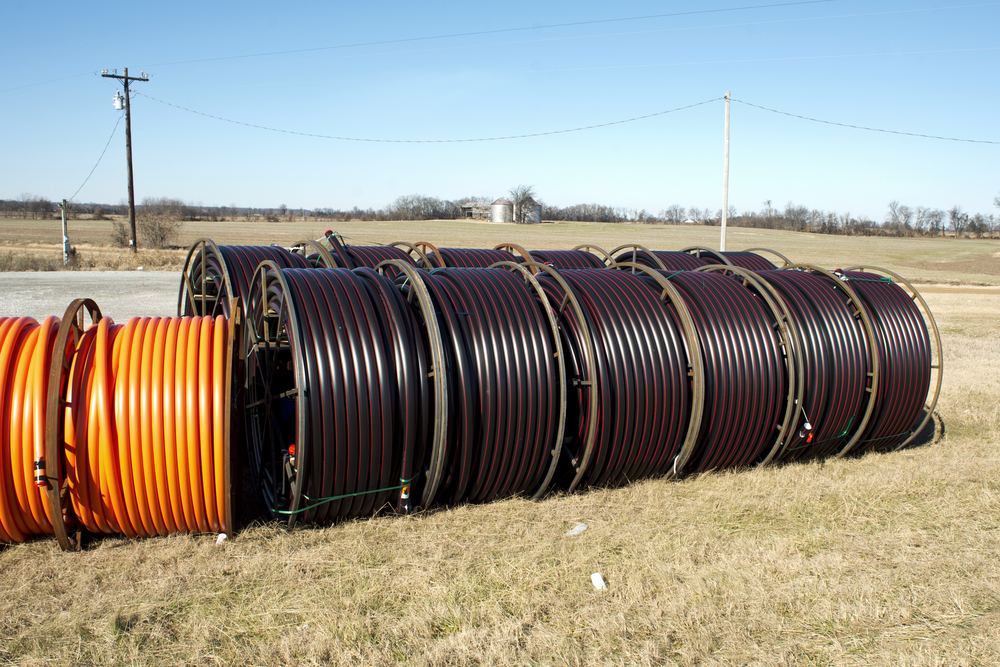We discuss the following topics in this blog:
- Connecting Communities with High-speed Internet
- Implementing FTTx Network at Scale
In addition to these topics, we shall also be answering the following FAQs:
- What is pFTTx?
- What is WiFi?
Broadband has become increasingly intertwined in our day-to-day lives and is a critical connectivity medium. The COVID-19 pandemic has further emphasized the non-negotiable need for fast and reliable internet access not only in enterprises but for residential users as well.
Robust fiber infrastructure has to be in place to attain the objective, not only in urban, high-density communities but also in unserved, underserved, and remote locations, where population density is low. Broadband access has the capability to transform all dimensions of our lives and industry – be it manufacturing, agriculture, or the services sector.
Contents
How Significant is Connecting Communities with High-speed Internet?
The Federal Communications Commission (FCC) estimates that around 21 million Americans still lack broadband connectivity1; the number can be as high as 162 million. Lack of Infrastructure development, multiple policies, and levels of government approvals are the core reasons for the limited connectivity infrastructure.
Especially in rural America, sparsely populated areas, geographical terrain constraints, and long distances pose a challenge that seems tough to address through wired technologies cost-effectively.
The lack of high-speed internet access will continue to increase the digital divide. Economically disadvantaged communities, even in urban areas, are feeling the pains of inadequate Broadband as well.
To address these inequities, Federal and State governments have announced initiatives to encourage incumbents and new players to build new network infrastructure. But these networks cannot be rolled out at a snail’s pace. The need of the hour is faster deployments and homes passed to get more users quickly on high-speed Broadband networks.
How can we achieve this? To understand more, please go through in detail: Accelerating FTTx deployments for the new normal
How to Implement FTTx Network at Scale?
Large-scale FTTx deployments are huge, cumbersome, and capital intensive. Deployment costs can vary significantly depending on how close Fiber reaches the user and the existing fiber density in the area.
Optimal design, using high-quality data, and real-time on-ground intelligence is a crucial step to get the most out of your fiber deployment budget. Fiber network planning and design can be divided into three stages:
- Strategic Network Planning
- High-level network design
- Detailed network design
Hyperscale network modernization has numerous complexities impacted by factors such as unplanned cities, ad hoc project rollouts, the dominance of unorganized players in the local ecosystems, and approval bottlenecks.

FAQs
What is pFTTx?
FTTx, i.e., Fibre to the x is a collective term used for various optical fibre delivery topologies categorized by the infrastructure deployed for last-mile/access connectivity (The variable x is here represents the deployed infrastructure, i.e., B for buildings, H for Homes, P for Premise, N for Node, O for Offices, etc.). On the other hand, pFTTx, i.e., Programmable FTTx, adds a layer of software intelligence to the existing monolithic white-box-based FTTx infrastructure. It can be called an SDN-NFV, micro-services-oriented, cloud-based network solution that brings more flexibility, cost efficiency, and service excellence to digital networks. It drastically reduces time to market for new digital services, sets the ball rolling for edge computing by disaggregating broadband networks and re-architecting central offices. This technology will shape the future of broadband while connecting millions of people and devices seamlessly.
Some of the key features of pFTTx include: Programmability – across hardware and software empowers operators to have better control; Open ecosystem – through API interfaces defined by the community allows true vendor-neutrality; Disaggregation – of hardware and software allows launching new services up to 8-10 times faster, using cloud delivery models and technologies; COTS deployment – COTS brings flexibility to the procurement and integration of network equipment; Zero-touch provisioning – automates regular functions keeping human intervention to a minimum.
Business benefits of pFTTx include:
a) Reduction in hardware and software costs with white boxes at the edge for RAN, GPON/XGSPON/NG-PON2
b) Service providers can have complete control over their network and can solve their business problems and innovate as required
c) With last-mile network becoming programmable and agile, and with the control over translating business requirements to technical features, the infrastructure of the service providers will become lock-in free
d) Open infrastructure at the last mile significantly reduces the time-to-market and leads to revenue growth
e) Faster roll-out of premium and innovative services lead to an increase in average revenue per user
f) Programmable and agile network ensures a better quality of experience, reducing subscriber churn
What is WiFi?
Put simply, WiFi is a technology that uses radio waves to create a wireless network through which devices like mobile phones, computers, printers, etc., connect to the internet. A wireless router is needed to establish a WiFi hotspot that people in its vicinity may use to access internet services. You’re sure to have encountered such a WiFi hotspot in houses, offices, restaurants, etc.
To get a little more technical, WiFi works by enabling a Wireless Local Area Network or WLAN that allows devices connected to it to exchange signals with the internet via a router. The frequencies of these signals are either 2.4 GHz or 5 GHz bandwidths. These frequencies are much higher than those transmitted to or by radios, mobile phones, and televisions since WiFi signals need to carry significantly higher amounts of data. The networking standards are variants of 802.11, of which there are several (802.11a, 802.11b, 801.11g, etc.).














